Showdown in Court: Disney and Universal Confront Midjourney’s Artistic Boundaries
The Legal Battle Over AI Creativity: Disney and Universal Take on Midjourney
In a bold move that highlights the ongoing tensions between traditional intellectual property rights and emerging technologies, Disney and Universal have initiated a lawsuit against the AI image generator Midjourney. The entertainment giants characterize the AI tool as “a bottomless pit of plagiarism,” igniting a critical discussion on the ethics of creative ownership in the age of artificial intelligence.
The crux of the lawsuit rests on allegations that Midjourney utilized extensive databases of Disney and Universal’s intellectual properties for its training, subsequently generating and distributing numerous images of iconic characters such as Darth Vader, Elsa, and the beloved Minions—all without securing the necessary permissions. This legal confrontation raises vital questions about the implications of using AI in creative fields and the complex nature of copyright in the digital era. (Source)
While this development may seem anticipated, it serves as a stark reminder of the transformative landscape that artificial intelligence is reshaping. We find ourselves at a crossroads where the lines between inspiration and imitation become increasingly blurred. It prompts a critical reflection: What remains uniquely ours in the realm of creativity?
As creators, we must examine how leveraging AI tools might enhance our work versus how it could potentially undermine the intrinsic value of our original contributions. The stakes are high, and the outcomes of this legal battle could significantly influence the future of creativity, authorship, and technological innovation.
As we navigate this evolving landscape, it is essential to engage with these pressing issues. How do we ensure that the use of AI complements our creativity without overshadowing or replacing it? As we contemplate these questions, the lawsuit between Disney, Universal, and Midjourney shines a spotlight on the intricate and often contentious relationship between technology and traditional creative practices.
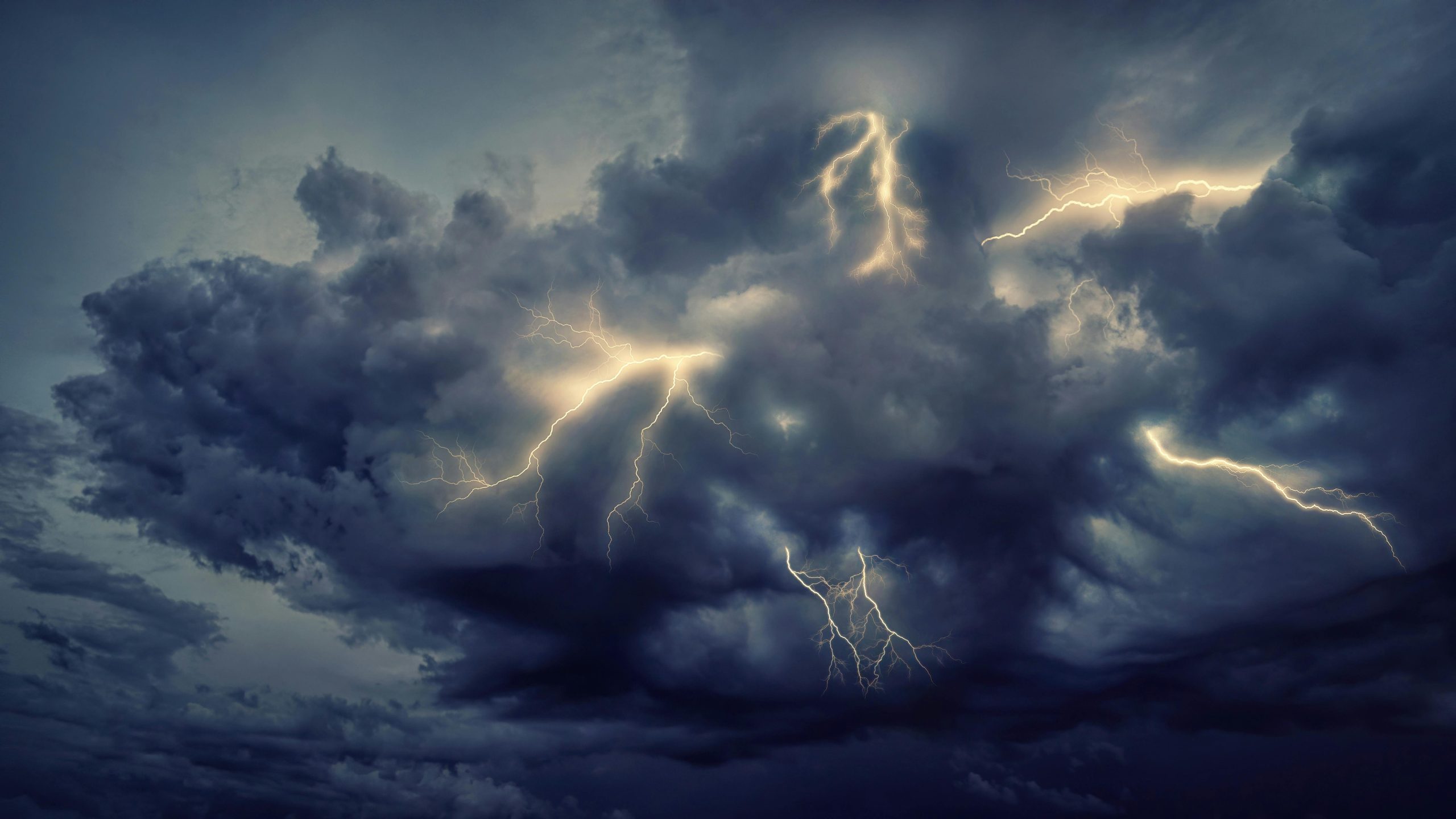







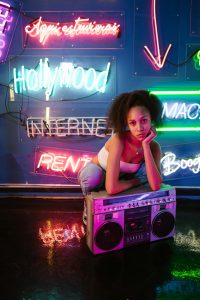
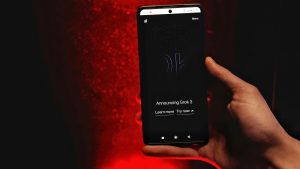
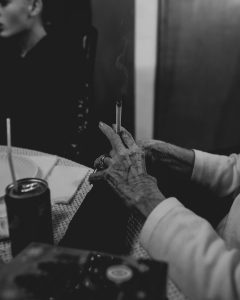
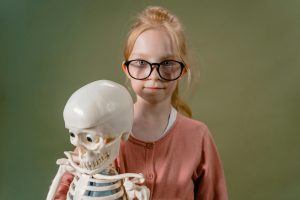

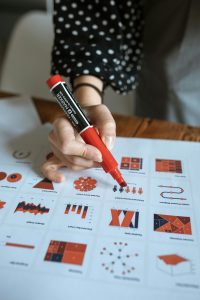
Post Comment